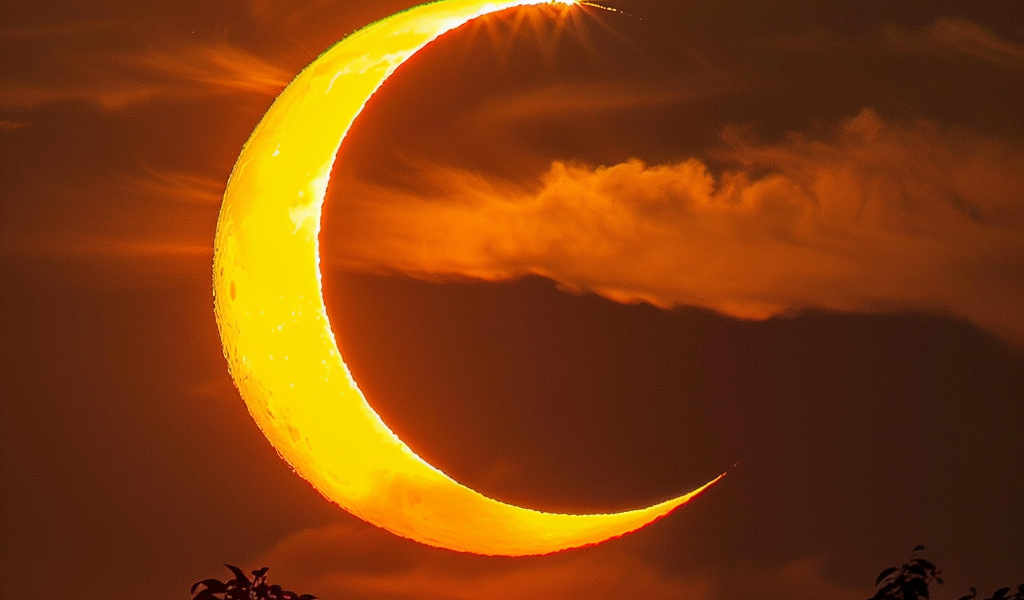On April 8, 2024, another total solar eclipse will track across the U.S., causing perhaps an even greater loss of solar power generation. Although this will be the second total solar eclipse visible in the U.S. in under seven years, these events are a rare occurrence. Nevertheless, they present a unique challenge to power grid operators.
During a solar eclipse, the Moon partially or completely blocks the view of the Sun. Since the Moon is nearly 400 times smaller than the Sun and nearly 400 times closer, the Moon’s shadow, visible from Earth, tapers to a width of 70 to 100 miles (112 to 161 kilometers).
Within this region, called the path of totality, observers see a total solar eclipse. Observers close to but outside this path witness a partial eclipse of the Sun, where the Moon appears to take a bite out of the Sun’s disk.
These celestial events have significant implications for solar power generation. During the most recent total solar eclipse visible in the U.S., on Aug. 21, 2017, solar power generation across North America plummeted for several hours, from the first moment the Moon began to obscure the Sun to when the Sun’s disk was clear again. The upcoming eclipse on April 8, 2024, is expected to cause a similar or even greater loss of solar power generation. This poses a challenge to power grid operators, as they must find alternative sources of energy to compensate for the temporary loss of solar power.
As a space scientist with a passion for teaching physics and astronomy, I have witnessed many partial eclipses of the Sun but have yet to see a total solar eclipse. The rare occurrence of a total solar eclipse presents an opportunity for scientific observation and study, as well as a challenge for energy infrastructure. Power grid operators and energy policymakers must prepare for the potential strain on electrical grids and develop strategies to ensure uninterrupted power supply during these celestial events.
With the increasing reliance on solar energy as a sustainable power source, understanding the impact of solar eclipses on power generation is crucial for ensuring the stability and resilience of energy systems. As the date of the upcoming total solar eclipse approaches, the scientific community, energy industry, and policymakers will need to collaborate to mitigate the potential disruptions and optimize energy management during this rare astronomical event.





